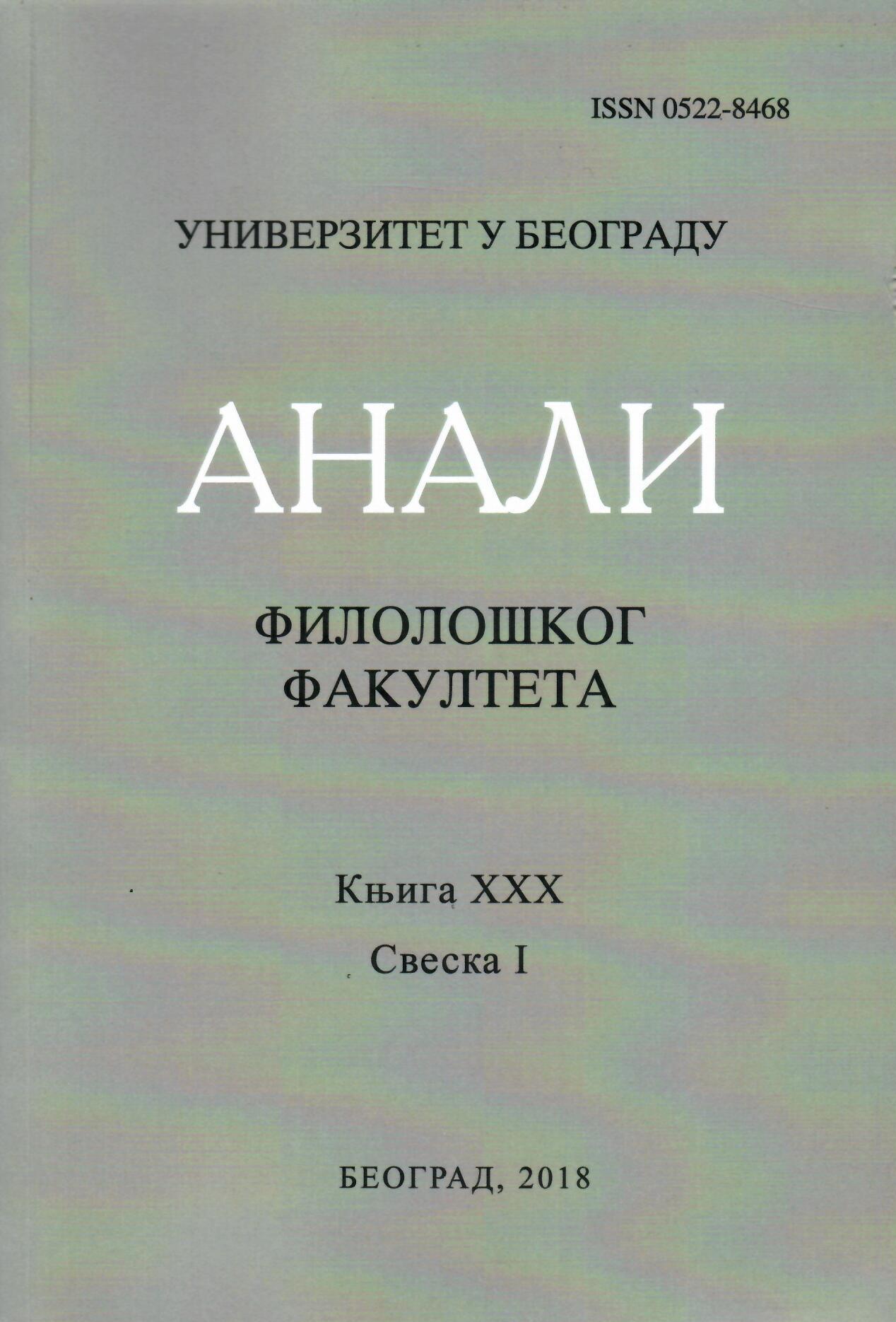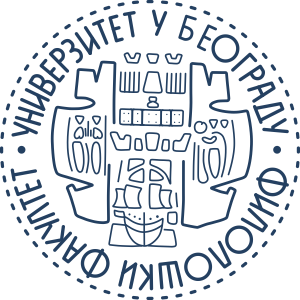Culture and Living Environment in Language: A Case of Possible Variations in Metaphor
DOI:
https://doi.org/10.18485/analiff.2018.30.1.11Кључне речи:
metaphor of cognition, somatosentation, topography, climate, body partsАпстракт
This paper examines a possibility of metaphors of cognition using sensory verbs based on touch, i.e. somatosensation. Among the five basic perceptions, a common source for metaphor concerning knowledge and understanding is vision, commonly known as KNOWLEDGE IS VISION, i.e. I see your point, meaning ‘I understand your point'. Another type of sensation used in this metaphor is hearing, often found in languages spoken in certain regions, such as Australia, Papua New Guinea, East Africa, etc. The use of hearing is a result of religious influence, in a sense that only religious people are able to ‘see' everything, and the use of vision is reserved to certain religiously gifted people and common people resort to other sources. The case of somatosensation may not involve cultural influence such as religion, but topography or climate may be of importance in creating this type of metaphor. A case in question is Finnish, which has developed a verb of cognition based on a word käsi ‘hand'.
Downloads
Downloads
Објављено
Број часописа
Рубрика
Лиценца

Овај рад је под Creative Commons Aуторство-Дели под истим условима 4.0 Интернационална лиценца.
Authors who publish with this journal agree to the following terms:
- Authors are confirming that they are the authors of the submitting article, which will be published (print and online) in the journal Anali filološkog fakulteta by the Faculty of Philology, University of Belgrade (Faculty of Philology, Studentski trg 3, 11000 Belgrade, Serbia). Author’s name will be evident in the printed article in the journal. All decisions regarding layout and distribution of the work are in hands of the publisher.
- Authors guarantee that the work is their own original creation and does not infringe any statutory or common-law copyright or any proprietary right of any third party. In case of claims by third parties, authors commit their self to defend the interests of the publisher, and shall cover any potential costs.
- Authors retain copyright and grant the journal right of first publication with the work simultaneously licensed under a Creative Commons Attribution-ShareAlike 4.0 International License that allows others to share the work with an acknowledgement of the work's authorship and initial publication in this journal.
- Authors are able to enter into separate, additional contractual arrangements for the non-exclusive distribution of the journal's published version of the work (e.g., post it to an institutional repository or publish it in a book), with an acknowledgement of its initial publication in this journal.
- Authors are permitted and encouraged to post their work online (e.g., in institutional repositories or on their website) prior to and during the submission process, as it can lead to productive exchanges, as well as earlier and greater citation of published work.





